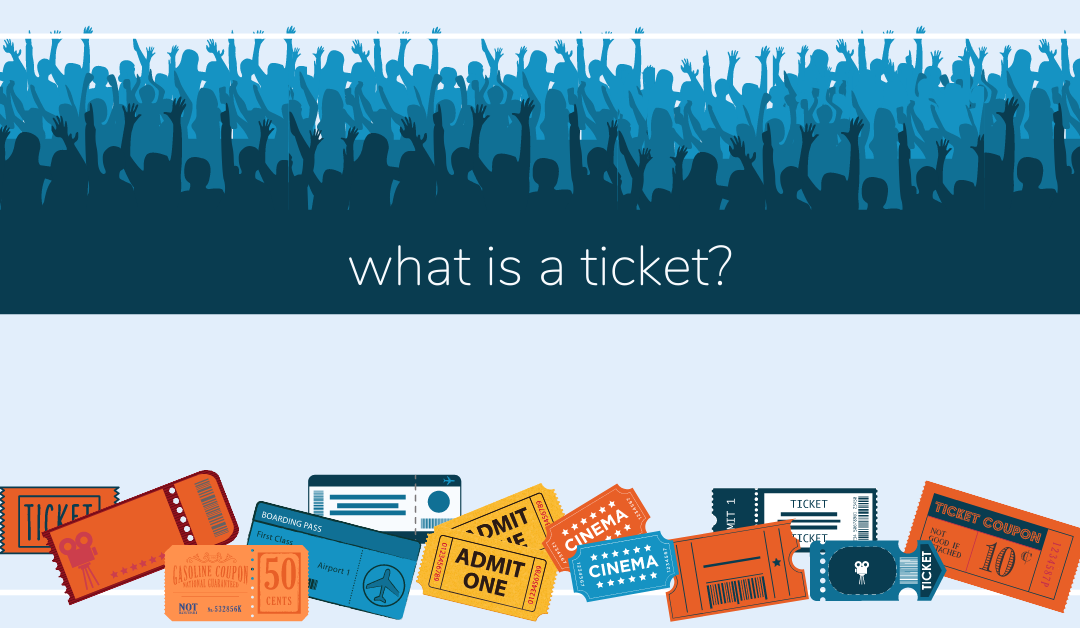Selling Quality not Paper
We already shared why pricing is important, now we discuss what a ticket is and how to tailor it to your customers. To do this, we examine what is sold and why that matters to setting a price.
What is a ticket?
A ticket’s purpose is the same no matter who sells it, but what is a ticket? At its most basic, a ticket defines who, how, when and where a person can access an event, service or space. Each of these questions defines a parameter representing a different dimension in your pricing model, with each dimension having a different weight when applied to the price. To ensure that you maximize demand, the tickets you sell should reflect the types of offers and quality that your customers look for. This means you need to select the dimensions most important to your customers and use them to differentiate your products.
Take a movie ticket, a ticket to see Avengers: Age of Ultron on opening night may not be valued by someone the same as seeing a generic Rom Com three or four weeks into its release. Or take a Ski Lift ticket, a ticket that allows multi-day access is more valuable to both the resort and the end customer than a ticket that allows single day access. In both of these cases, there are many dimensions other than the entry itself that define what the ticket is and how it is priced.
Classifying your Tickets
Classifying tickets lets a business take advantage of end customer purchasing behavior, but it’s a complex topic. There are many different ways to classify your products or tickets; which works best depends on many different variables. Some classification examples are who you sell to, validity of entry (where validity is the duration of the entry), purchase method, quality of seating/entry, etc.

By properly segmenting your tickets, you ensure that the offers you provide are what your end customers want to buy. And even more importantly, it can show which products are not on target or should be removed. Changing how products or tickets are classified can introduce new demand segments or selling options for existing segments. Classification also provides success measures to judge whether a business is reaching their targeted customer segments.
What next?
The first step is understanding what your customers are buying. Understanding how your current products are purchased allows you to find the opportunities for improvement and to understand what is selling well and why. Digging into buyer behavior and using it to determine the parameters for setting your prices can have a large impact on your pricing efficiency and revenue.
UP NEXT: Look for our next blog post “Where your legacy pricing approach fails you and your customers” that explains why the pricing features in your ticketing system just can’t cut it….

